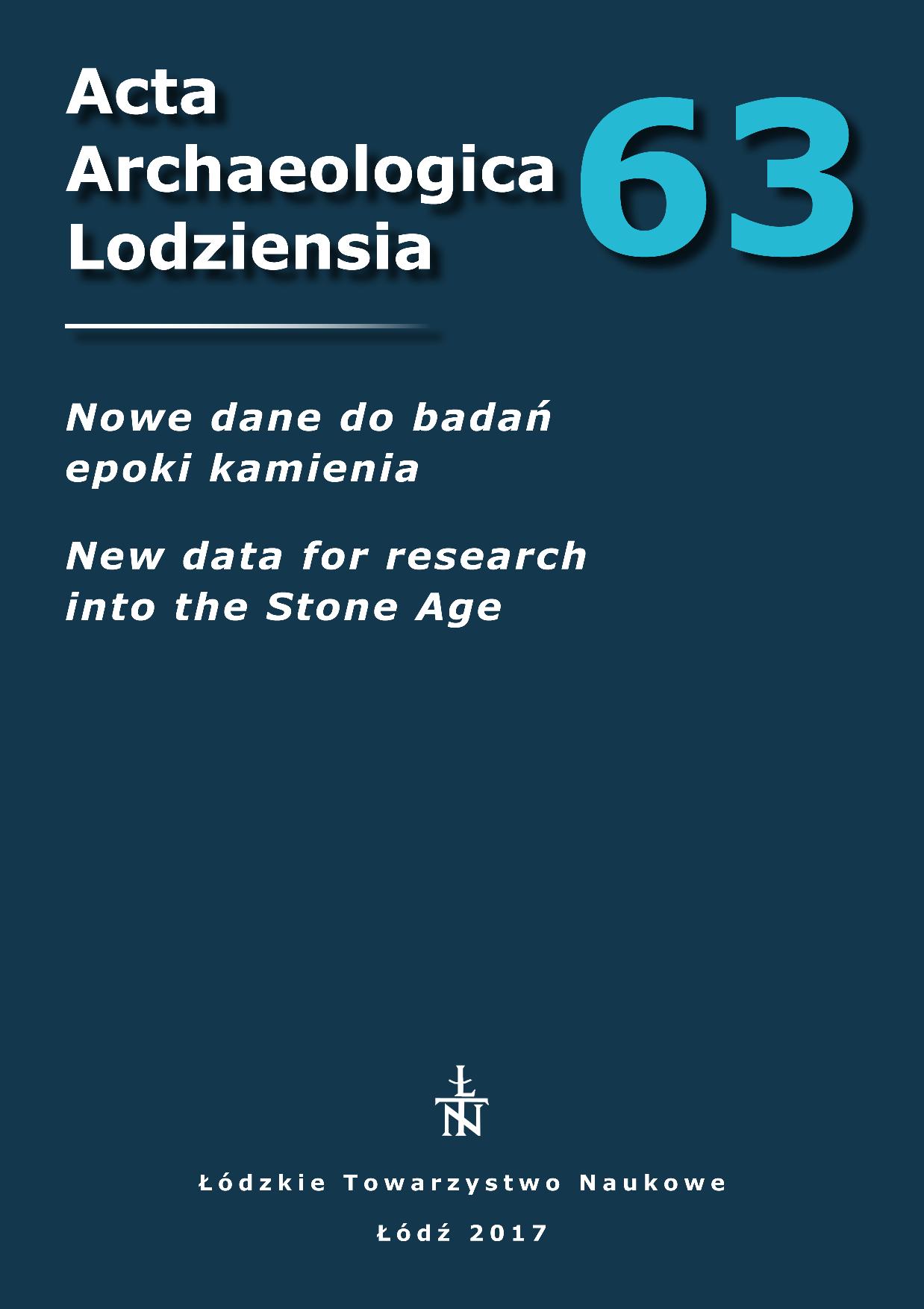First finding of the Eneolithic copper axe from Mazovia
Abstract
This work presents the archaeometallurgical studies performed on the flat axe discovered accidentally in 2016 near the village Łady, Iłów commune, Sochaczew district. The axe is the first find of such an object reported from Mazovia. The axe is described in terms of raw-material profile (EDXRF) as well as its macrostucture (OM). This has been juxtaposed throughout this work with the results of typological and contextual (sociocultural) analysis of the Bytyń axes, which have also been found on Polish territory. It has been established that the axe was cast from arsenical copper. It is likely that the find from Łady did not serve as a functional tool in the past. The discovery context and the state of preservation indicate that the axe was deposited in an aquatic environment. By means of a typological analysis the find from Łady was classified as a flat axe of Bytyń A type and therefore it should be considered as the single hoard deposited by the Funnel Beaker culture communities from the Warsaw Basin between 3600/3500 and 3200/3100 cal. BC.



